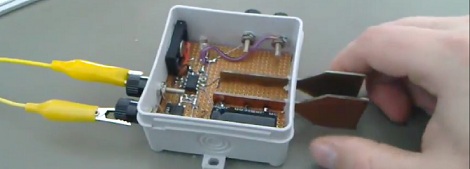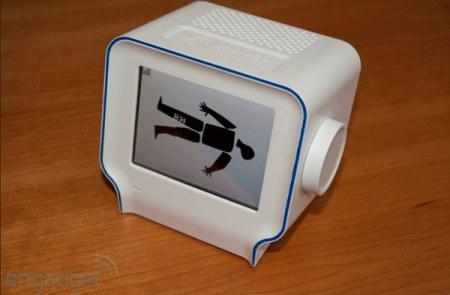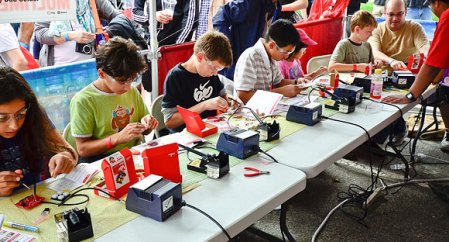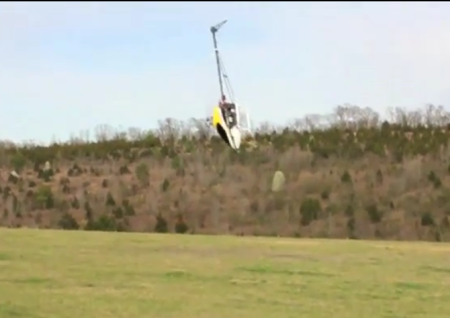
[Aaron] and his wife have a wonderful cat that likes to contribute to the household by bringing field mice, shrews, and voles into the house as a ‘present.’ Obviously, this leads blood, fur, and viscera staining the carpet, and chasing around mortally wounded rodents isn’t [Aaron]’s idea of fun. To stop the cat from bringing small mammals into the house, [Aaron] is now preventing the cat from entering the house when it has an animal in its mouth.
[Aaron]’s project is inspired by this facial recognition cat door that refuses entry of all cats holding a small rodent in their mouth. To get his system working, [Aaron] started researching object recognition and built an Android app using the OpenCV libraries. To detect if his cat has a rodent in his mouth, [Aaron] is using Harr cascades – a proven object detection system that will detect and differentiate between a cat and a cat plus mouse.
Right now, the project is only about half done. [Aaron] is currently training his object recognition system, a process that can take days. Still, anything that keeps mouse guts out of the carpet is an awesome project in our books.
















